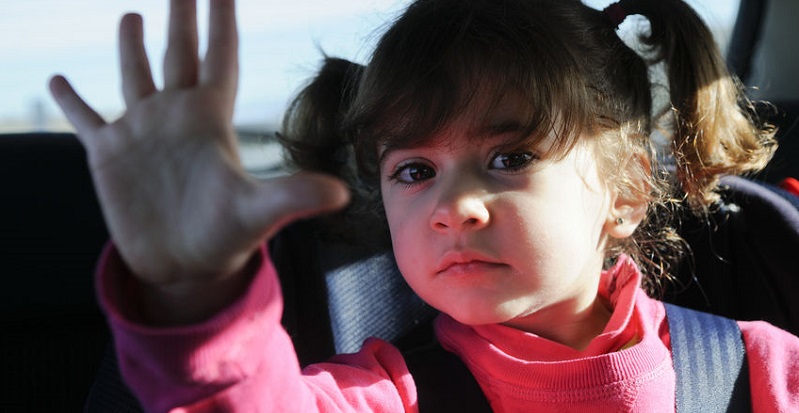In Colorado, once children outgrow a car seat with a harness–usually around age four or at 40 pounds–they must ride in a booster seat with lap and shoulder belts until they turn eight.
Seat Belt and Child Restraint Laws in Colorado
According to the Centers for Disease Control and Prevention, a leading cause of death among Americans during the first three decades of life is motor vehicle accidents. This risk can be cut in half simply by using seat belts and securing young children in the appropriate car seats and booster seats, based on age and size.
How Seat Belts Reduce Risk of Injury
Although most U.S. drivers follow basic safety measures, many do not. Coloradoans are more likely to be lax than Americans nationwide. About 86 percent of drivers nationwide wear seat belts, but only 81 percent of Colorado drivers do so.
In Colorado, seat belt laws cover drivers and front-seat passengers age 16 and older. Enforcement is secondary; i.e., law enforcement personnel may issue a citation for failure to wear a seat belt only if they have pulled the driver over for another reason. In contrast, 34 states and the District of Columbia have primary enforcement of seat belt laws. Police officers may stop and cite a motorist solely for neglecting to wear a seat belt.
Worn properly, seat belts diffuse the force of a crash across the stronger, bony parts of the body, such as the shoulders, rib cage, and pelvis. They also prevent occupants of the vehicle from being ejected, thereby greatly reducing the chances of severe injury and death. The shoulder belt of a booster seat or seat belt should span the shoulder and chest, not the neck or face. The lap belt should be flat across a child’s upper thighs, not his stomach. Parents and caregivers are responsible for properly restraining children and may be cited if they fail to do so.
Colorado Child Passenger Safety Law
All fifty states have child restraint laws on the books, but these vary by jurisdiction. According to the Colorado Child Passenger Safety Law:
- Children younger than one who weighs less than 20 pounds must ride in a rear-facing safety seat positioned in the back seat of the vehicle.
- After their first birthday, children weighing 20 pounds or more can ride in either a rear-facing or forward-facing safety seat until they exceed the height and weight limits specified by the manufacturer.
- Once children outgrow a car seat with a harness–usually around age four or at 40 pounds–they must ride in a booster seat with lap and shoulder belts until they turn eight.
- From age eight until age 16, children must use a booster or vehicle seat belt. Children are usually ready for seat belts when they can keep their back positioned against the seat, their knees naturally bent over the seat edge, and their feet flat on the floor.
A Final Note
The Insurance Institute for Highway Safety recommends that only new child safety seats be purchased, since secondhand seats may have been recalled or broken in an auto accident. If you do buy a pre-owned seat, make sure that it still has the manufacturer’s label so that you can check for any recalls. Whether you buy a new car seat or a used one, be sure to register it with the manufacturer so that you can be contacted in case of a recall.

